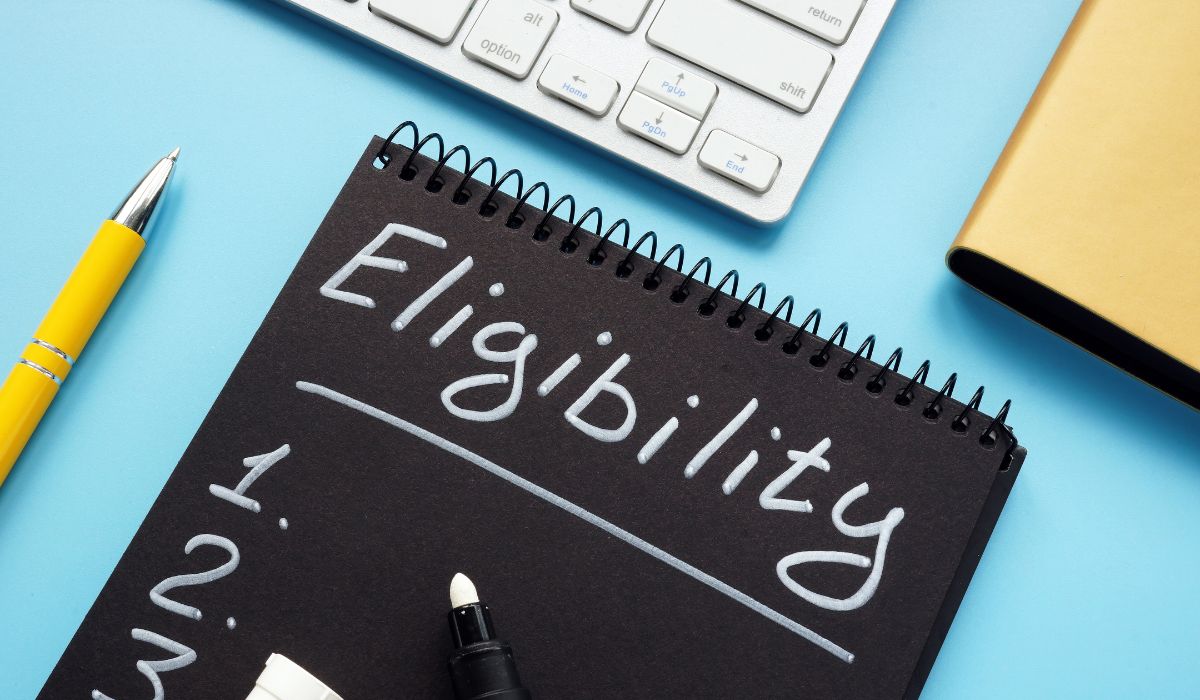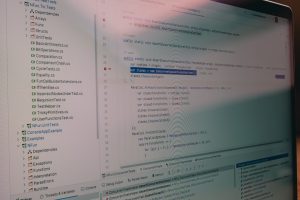
Applying for disability benefits in California is an important step for people who can’t work because of injury, illness, or other qualifying conditions. The state provides programs like California State Disability Insurance (SDI) and federal options such as Social Security Disability Insurance (SSDI) and Supplemental Security Income (SSI).
Knowing how to apply, the requirements and the process will help you take the right steps to get the financial help you need.
What is Disability in California?

In California, disability benefits are meant to help people who are temporarily or permanently unable to work due to a disability. California State Disability Insurance (SDI), managed by the Employment Development Department (EDD), offers temporary benefits for those who meet eligibility requirements. Social Security Disability Insurance (SSDI) and Supplemental Security Income (SSI) are federal programs available to people who have paid into the Social Security system or meet certain income limits.
These programs are designed to offer financial support while recipients recover or adjust to their conditions, helping them cover living expenses, medical bills, and other costs.
Eligibility Requirements for Disability Benefits in California

Before beginning the application process for disability benefits in California, it is crucial to ensure that you meet the eligibility criteria for the specific program you’re applying for. Different programs have distinct requirements. Below are the eligibility details for the most common disability benefits programs.
1. California State Disability Insurance (SDI)
To qualify for California State Disability Insurance (SDI) benefits, there are several requirements to meet:
First, you need to have a work history in California and must have paid into the SDI fund through payroll deductions during your employment. SDI benefits are designed to help individuals who are unable to work due to illness or injury.
Secondly, your disability must prevent you from performing your regular job duties. Your condition could be physical or mental, but it must significantly affect your ability to work.
Additionally, medical certification is required. This means you must provide a doctor’s note or medical report that confirms your disability and the fact that you are unable to work.
Finally, you must meet the income requirements. SDI benefits are typically calculated based on the income you earned during the base period, which is generally the last 12 months of work. You need to have earned enough wages to qualify for the benefits.
2. Social Security Disability Insurance (SSDI)
SSDI benefits are available to individuals who have worked for a certain number of years and contributed to the Social Security system through payroll taxes. To qualify for SSDI, you must have a sufficient work history with earned credits from Social Security taxes.
In addition to work history, your disability must be severe enough to prevent you from working for at least 12 months or result in death. SSDI is not a short-term solution, so applicants must have a long-term or permanent disability.
The medical documentation you provide must show that your condition is recognized by the Social Security Administration (SSA) as a disability. Extensive medical evidence, including test results, doctor’s notes, and diagnosis details, is necessary to substantiate your claim.
3. Supplemental Security Income (SSI)
Unlike SSDI, SSI is not based on your work history. This program is available to individuals who have low income and limited resources. To be eligible for SSI, you must meet income limits, which means your total income and assets must fall below a certain threshold set by the federal government.
Like SSDI, you must also prove that you have a disability that prevents you from working. The disability must be medically documented and recognized by the Social Security Administration.
SSI is particularly helpful for those who have not worked enough to qualify for SSDI or who have significant financial needs.
Documents Needed to Apply for Disability in California
When applying for any disability benefits, having the right documents on hand will make the process smoother. Here are some key documents you’ll need:
- Social Security Number: A government-issued identification number is required for SSDI and SSI.
- Medical records: You will need to submit comprehensive medical documentation, including doctor’s notes, hospital records, and any diagnostic test results.
- Employment records: For SDI, provide proof of your earnings, including recent pay stubs and tax forms.
- Tax returns and financial records: For SSI, you will need to provide documentation of your income, bank statements, and assets.
Be sure to keep a copy of all documents for your records.
How to Apply for Disability Benefits in California
1. Applying for California State Disability Insurance (SDI)
The application for California SDI benefits is relatively straightforward but requires important documentation. Follow these steps to apply:
- Create an online account: To apply for SDI, visit the California Employment Development Department (EDD) website and create a profile.
- Complete the SDI application: Fill out the online Disability Insurance (DI) application. You’ll need to provide details about your medical condition, employment history, and contact information.
- Medical certification: Your doctor must fill out the Medical Certification Form to confirm that you are unable to work.
- Submit your application: After filling out the application and submitting the necessary documents, your case will be reviewed by the EDD.
2. Applying for SSDI and SSI
While SSDI and SSI are federal programs, you can apply for both through the Social Security Administration (SSA). Here’s how to start:
- Online application: Visit the SSA website and fill out the online application for SSDI or SSI. For SSDI, you will need to provide your work history and medical evidence. For SSI, you will need to provide information about your income and resources.
- Schedule an appointment: If you prefer to apply in person, you can schedule an appointment at your local Social Security office.
- Provide medical and financial documents: Be ready to provide detailed medical records and, for SSI, proof of your income and assets.
How to Check the Status of Your Disability Claim
After applying for disability benefits, you may wonder when you will receive a decision. Fortunately, you can track your claim’s progress through online portals.
- California SDI claim status: If you applied for SDI, you can check your claim status online through the EDD website. You will be able to see updates about your claim, required documents, and whether a decision has been made.
- SSDI and SSI claim status: For SSDI or SSI claims, you can check the status online at the Social Security Administration (SSA) website or call your local SSA office for updates.
How to Appeal a Denied Disability Claim in California
If your disability claim is denied, you have the right to appeal the decision. The process differs slightly between SDI and SSDI/SSI:
- SDI appeals: If your SDI claim is denied, you can request an appeal through the EDD website. You will need to submit additional medical information or provide a more detailed explanation of your disability.
- SSDI/SSI appeals: If your SSDI or SSI claim is denied, you can file for reconsideration with the SSA. If that is denied, you can request a hearing before an administrative law judge.
Be sure to act quickly, as there are deadlines for filing appeals.
Common Mistakes to Avoid When Applying for Disability
When applying for disability benefits in California, avoiding common mistakes can help ensure your application is processed quickly. Some key mistakes to avoid include:
- Incomplete applications: Double-check your application to ensure all required fields are filled out accurately.
- Not providing sufficient medical documentation: Ensure that you provide enough detailed medical records to support your claim.
- Not applying for the right program: Make sure you understand the differences between SDI, SSDI, and SSI and apply for the one that fits your situation.
Conclusion
Applying for disability benefits in California can seem like a daunting task, but understanding the process can help you navigate it successfully. Whether you are applying for California SDI, SSDI, or SSI, being prepared with the right documents, understanding eligibility, and following the application steps carefully will increase your chances of approval. If your claim is denied, don’t worry—there are options to appeal the decision.


